January 2025
FEATURES
Offshore Technology: Safer by technology
Proven remote inspection technologies are pioneering how oil and gas operators can achieve greater efficiencies and insights with new data and information on how an asset performs.


